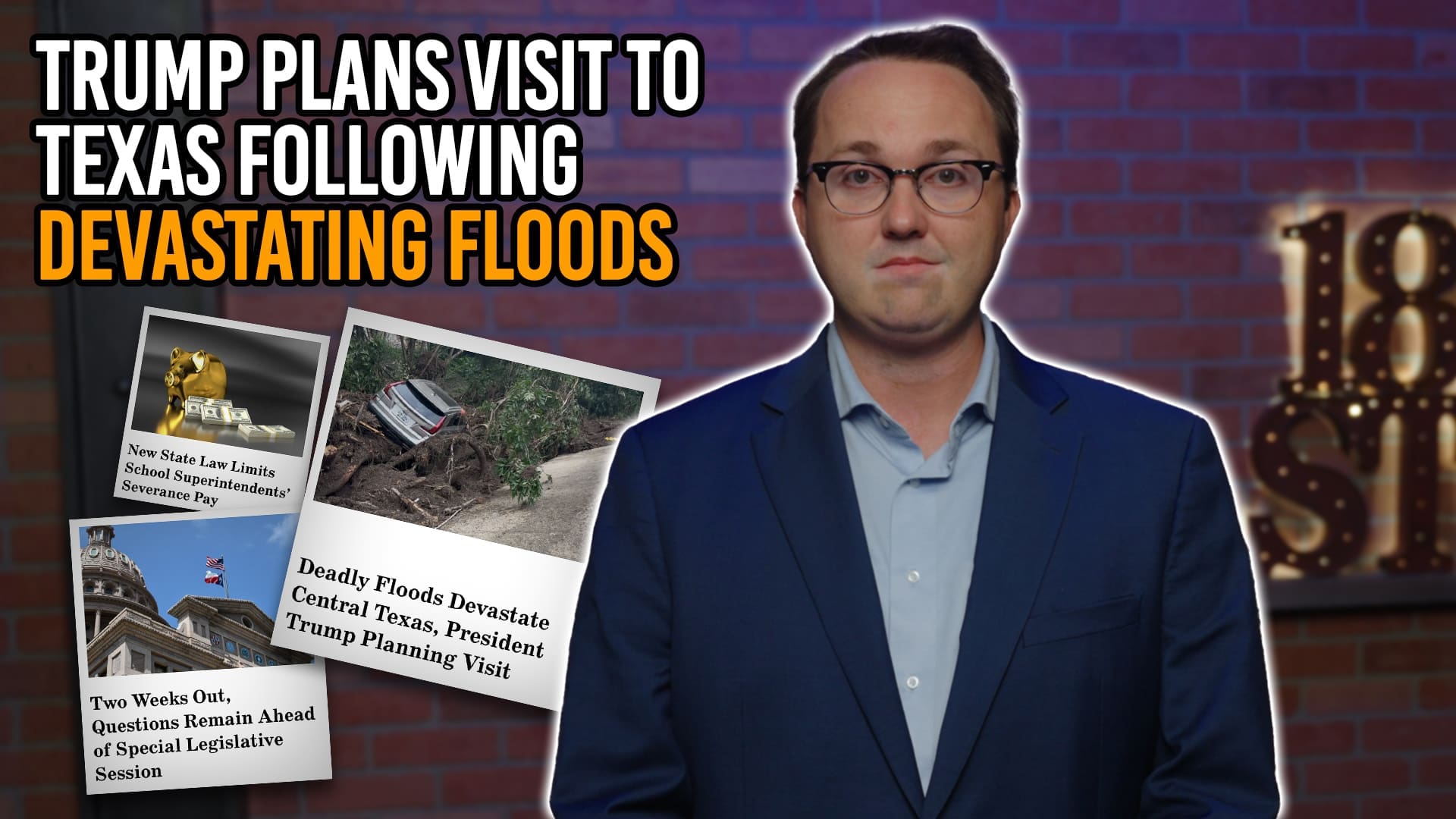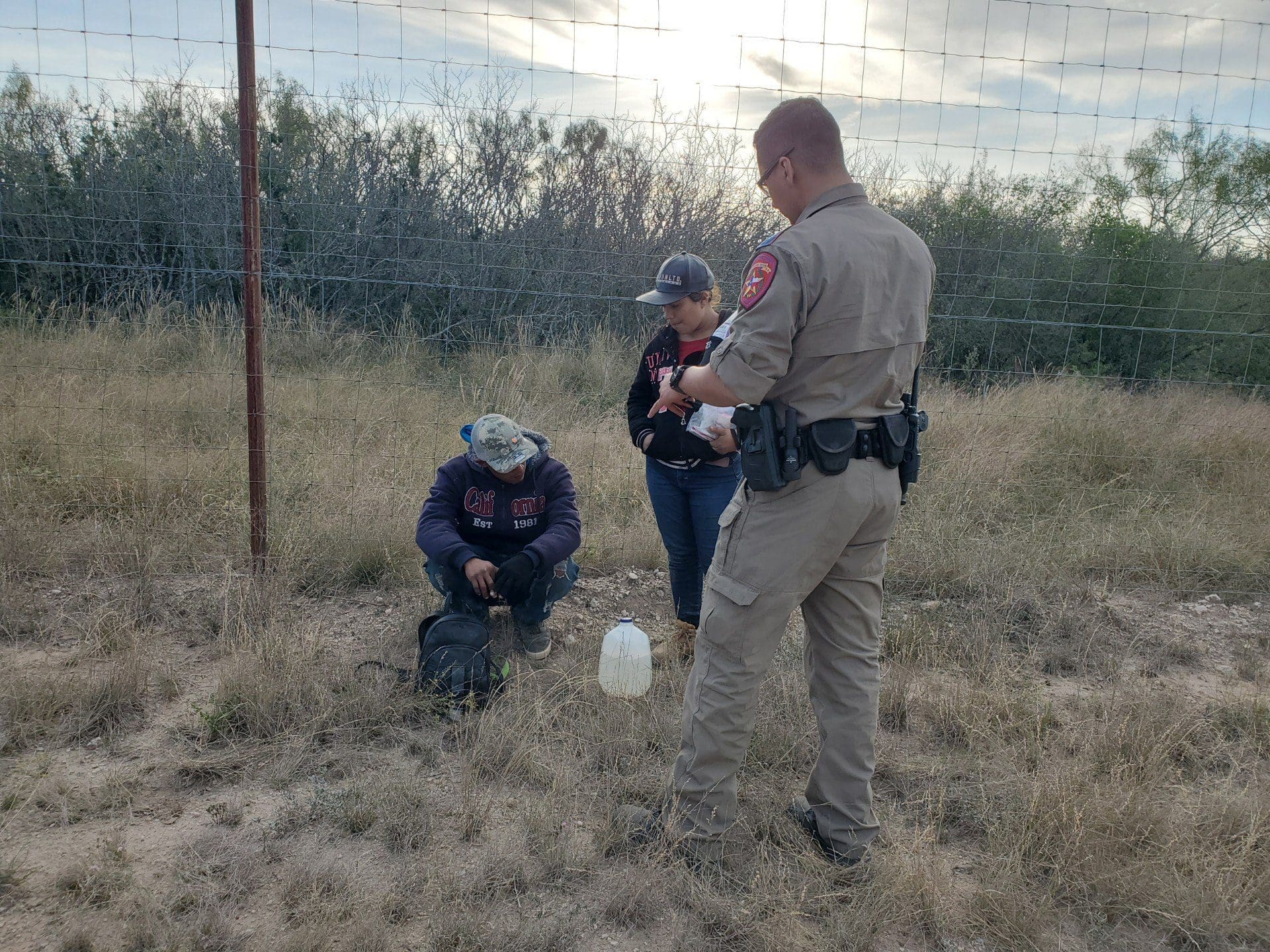Cities have sunk roughly $17 billion on DART since 1984, after including debt payments and the agency’s operating costs. It’s a staggering sum, especially considering it’s the 5th most inefficient transit system in the nation.
 According to a study by the Hamilton Project, DART has the 5th highest taxpayer subsidy per rider.
According to a study by the Hamilton Project, DART has the 5th highest taxpayer subsidy per rider.
Local media outlets incorrectly cite DARTs rail cost at $5 billion. But that figure excludes both interest expense and the trains’ operating costs. Financials for Dallas Area Rapid Transit (DART) don’t separate costs by service, so it’s difficult for taxpayers to see exactly how much more trains cost to operate than buses.
Here’s the breakdown of DART’s total cost. Dallas alone has spent over $5.5 billion in sales taxes on DART since 1984. Its 13 member cities overall (including Dallas) have contributed more than $10.5 billion. These figures exclude the nearly $6.7 billion in outstanding debt payments the agency currently owes, as of 2017. That puts the total price tag north of $17 billion, and counting.
Why does DART matter to North Texas taxpayers?
Thirteen cities are continuing to pay for this nonsense, which is taking money away from other core needs and much needed tax relief. Not only is $17 billion an enormous sum for cities to waste on a failed system, but most local officials support rail expansion!
Dallas currently spends more than $270 million on DART annually. That massive sum covers little more than DART’s annual debt service, which was $197 million in 2016. DART’s annual budget is nearly $1 billion, with half funded by its 13 member cities that pay uncapped sales tax contributions.
 Considering Dallas has billions in deferred maintenance and is on the verge of bankruptcy, concerns about DART’s cost are warranted. It’s also a problem dating back nearly three decades. To put the above figures into in perspective, Dallas currently has an unfunded pension liability of more than $7.6 billion. Since 1984, the city has nearly spent that amount on DART. That’s because transit was never about providing buses for low-income residents— it was always about a utopian fantasy of government trains replacing cars. The buses were intended to help funnel people to train stations.
Considering Dallas has billions in deferred maintenance and is on the verge of bankruptcy, concerns about DART’s cost are warranted. It’s also a problem dating back nearly three decades. To put the above figures into in perspective, Dallas currently has an unfunded pension liability of more than $7.6 billion. Since 1984, the city has nearly spent that amount on DART. That’s because transit was never about providing buses for low-income residents— it was always about a utopian fantasy of government trains replacing cars. The buses were intended to help funnel people to train stations.
This rail fantasy has been devastating—rail lines cost between $40 to 80 million per mile to build, or nearly 4 times more expensive than an 8-lane highway.
The Sam Rayburn Tollway – the 26-mile highway that runs from Grapevine to Allen – roughly cost $700 million to build, or $26 million per mile. Considering the fact that highways carry infinitely more travelers than trains (24 hours a day, seven days a week) it’s easy to see why roads are vastly more efficient than rail, aside from the upfront cost savings.
DART’s member cities – including Dallas – could have alternatively taken their $10.5 billion in sales tax revenue and built fifteen 26-mile, 8-lane highways, all while saving an additional $9 billion in debt payments that DART borrowed to build train tracks.
In other words, every major highway on the Dallas side of the DFW Metroplex could have been renovated and expanded – without toll roads – and without much help from TXDoT. Instead, we have 90 miles of train tracks that even D Magazine recognizes as an abject failure. As far back as 1989, local news outlets acknowledged DART rail plans weren’t delivering the projected ridership. Costs were also far exceeding estimates, as they continue to do today.
Instead of abandoning DART when it asked cities for permission to issue debt, only three cities left.
The remaining 13 member cities proceeded to let DART waste nearly $20 billion on trains few people use, creating the need for toll road scheme that drove up the cost of travel. And the 13 member cities pour in over $520 million to DART each and every year. Even worse, despite thirty years of rail failure, crumbling streets, and a pension crisis, some Dallas officials want to build even more rail lines. Some are pushing for a $3 billion subway that neither DART nor Dallas can afford.
Councilman Scott Griggs has proposed rededicating 12.5 percent of Dallas’ current DART contributions to shoring up their police and fire pension funds. While a fantastic proposal, it’s only scratching the surface of a problem that’s been brewing for more than three decades. Mayor Mike Rawlings called Griggs’ idea “terrible.”
Does Rawlings think raising property taxes while funneling $270 million each year into a failed rail experiment is a “great” idea? Apparently.
Dallas and its member cities such as Plano have continued to push the expansion of a failed rail system, all while raising property taxes and de-prioritizing core services that benefit all residents. Don’t expect much to change without local taxpayers demanding that city officials put an end to the light rail madness.




